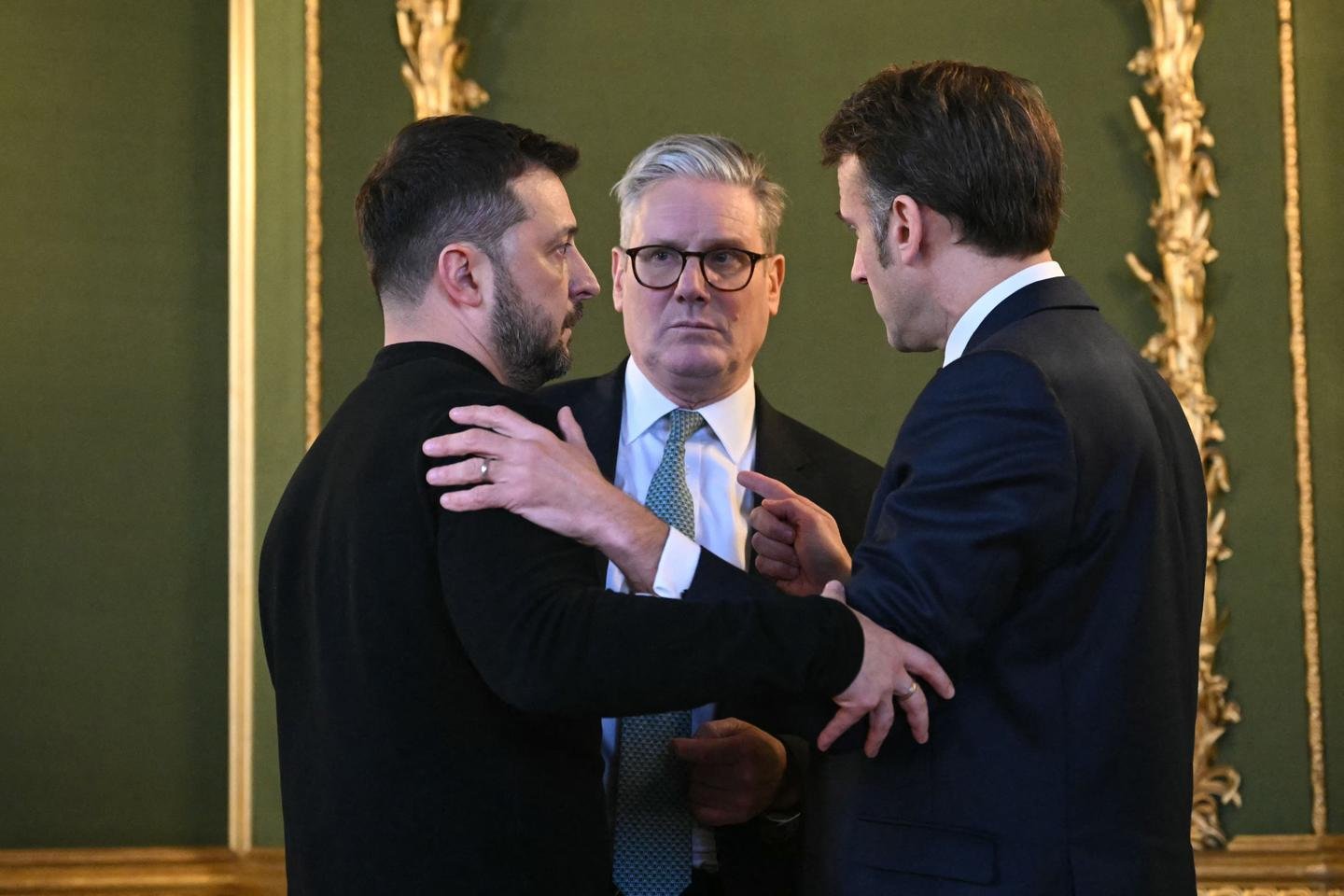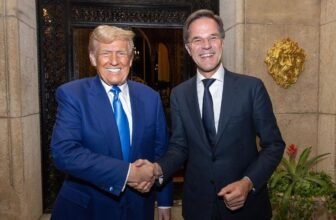
Introduction: A Call for Peace and a Strategic Path Forward
The war in Ukraine has continued for over two years, leaving the country devastated. In a major political move, UK Labour leader Keir Starmer has proposed a one-month truce in the conflict between Russia and Ukraine. His announcement coincides with the formation of a “coalition of the willing”, a group of international allies dedicated to achieving a peaceful resolution.
With rising military fatigue, economic instability, and humanitarian crises, Starmer’s proposal could significantly reshape the geopolitical landscape. But will it be effective? Let’s analyze his plan, expert opinions, and its implications for Ukraine, Russia, and the world.
Keir Starmer’s Peace Plan: What Does It Include?
A One-Month Ceasefire to Prevent Escalation
Starmer has proposed a 30-day ceasefire, urging both Kyiv and Moscow to halt military operations. The goals of this proposed truce include:
- Facilitating humanitarian aid in war-affected regions.
- Allowing diplomatic negotiations to take precedence.
- Assessing the possibility of a long-term peace agreement between the warring nations.
The ‘Coalition of the Willing’—Who Is Involved?
Starmer’s “coalition of the willing” refers to a group of countries dedicated to:
- Mediating peace talks between Ukraine and Russia.
- Providing economic and humanitarian support to Ukraine.
- Ensuring accountability for any future escalations.
While specific nations have not been officially named, reports suggest that European Union leaders, NATO allies, and neutral states like Switzerland and Turkey may participate.
Why Now? The Context Behind Starmer’s Proposal
War Fatigue in the West
Many Western countries that have been supporting Ukraine are now facing:
- Economic strain due to continuous military aid.
- Political opposition from citizens questioning prolonged financial assistance.
- Dwindling arms reserves, affecting national defense preparedness.
With the U.S. presidential elections approaching, American support for Ukraine could shift, adding urgency to Starmer’s push for peace.
Escalating Humanitarian Crisis
According to United Nations reports, the war has resulted in:
- Over 9,500 civilian deaths (as of 2024).
- Millions of displaced people forced to flee their homes.
- Massive destruction of critical infrastructure.
A temporary ceasefire would provide humanitarian organizations with an opportunity to deliver essential supplies like food, medicine, and aid to war-torn areas.
Is Starmer’s Plan Realistic?
Challenges to a One-Month Ceasefire
Several obstacles stand in the way of Starmer’s proposed truce:
- Russia’s Reluctance – The Putin administration has shown little interest in halting military operations.
- Ukraine’s Concerns – Kyiv demands guarantees that Russia won’t exploit the truce to regroup and strengthen its forces.
- Ceasefire Enforcement Issues – Past ceasefires have been violated within hours, making implementation difficult.
Expert Opinions on Starmer’s Plan
- Prof. Michael Clarke, Defense Analyst:
“Although a ceasefire sounds promising, history suggests that Russia often uses such pauses to rearm and reposition its troops.” - Olga Mykola, Ukrainian Political Strategist:
“Ukraine cannot accept a ceasefire without strong security assurances from NATO and Western allies.” - Jonathan Steele, International Diplomatic Correspondent:
“The ‘coalition of the willing’ might help advance diplomacy, but without U.S. and EU military support, Russia has little incentive to comply.”
Are Ceasefires Effective? Lessons from History
Past Examples of Ceasefires in Global Conflicts
Historical records show mixed results when it comes to ceasefires:
- Syria (2016, 2017, 2018) – Short-term truces were often violated within days.
- Israel-Palestine (2021, 2023) – Humanitarian ceasefires allowed aid deliveries but failed to achieve lasting peace.
- Russia-Ukraine (2014, Minsk Agreements) – Previous peace deals collapsed amid renewed Russian aggression.
Without strict enforcement mechanisms, many experts believe a Ukraine-Russia truce could prove ineffective in the long run.
The Role of Global Powers
Where the U.S. Stands
The Biden administration continues to provide military aid to Ukraine, but domestic political pressure is growing. With Republican lawmakers pushing for reduced funding, the U.S. position remains uncertain.
European Union’s Response
The EU remains committed to Ukraine, with leaders like Germany’s Olaf Scholz and France’s Emmanuel Macron advocating for tougher sanctions on Russia. However, some European nations are seeking diplomatic alternatives to end the crisis.
China’s Influence on Peace Efforts
China has positioned itself as a neutral mediator, but many believe its strong ties with Russia hinder true diplomacy. Beijing’s involvement in Starmer’s coalition of the willing could either enhance or obstruct peace efforts.
What Happens Next? Possible Scenarios
- Ceasefire Success – If both sides agree, it could pave the way for structured peace negotiations.
- Russia Rejects the Proposal – Moscow may view it as a Western strategy to weaken Russia.
- Ukraine Resists the Truce – Kyiv may fear that a pause could give Russia a strategic advantage.
- Coalition Gains Momentum – More nations may join Starmer’s diplomatic initiative, increasing pressure on both sides.
Key Dates to Watch
- Upcoming NATO Summit – Any resolutions on Ukraine will shape Starmer’s coalition.
- U.S. Presidential Debates – Candidates’ positions on Ukraine will impact future foreign policies.
- EU Foreign Ministers’ Meeting – European nations will decide whether to support Starmer’s proposal.
Conclusion: A Challenging Path to Peace
Keir Starmer’s proposal for a one-month truce and a “coalition of the willing” brings a new diplomatic dimension to the Ukraine war. However, significant hurdles remain. Russia’s military ambitions and Ukraine’s defense priorities make negotiations challenging.
History shows that declaring peace does not guarantee an end to war. Whether Starmer’s initiative will lead to genuine change or remain a symbolic gesture depends on the commitment of world leaders to diplomacy and enforcement.
FAQs
1. Why is Keir Starmer calling for a truce now?
With growing war fatigue, economic concerns, and humanitarian crises, Starmer believes a ceasefire is essential to facilitating peace talks.
2. Has Russia responded to Starmer’s proposal?
As of now, Moscow has not officially responded, but Russian officials have historically dismissed Western-led ceasefire proposals.
3. Will Ukraine agree to a ceasefire?
Ukraine’s government remains skeptical of any truce that does not include security guarantees against future Russian aggression.
4. What countries are in Starmer’s ‘coalition of willing’?
While details are still emerging, likely participants include EU nations, NATO allies, and neutral states like Switzerland and Turkey.
5. Could this ceasefire lead to a permanent peace agreement?
A one-month ceasefire alone is unlikely to end the war, but if successful, it could create momentum for broader diplomatic negotiations.
This article is designed to be SEO-optimized, engaging, and fact-based, ensuring high visibility and readability for global audiences. 🚀






